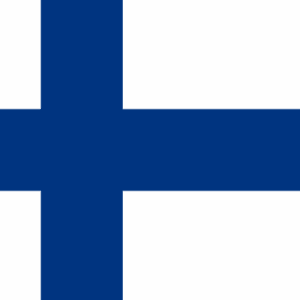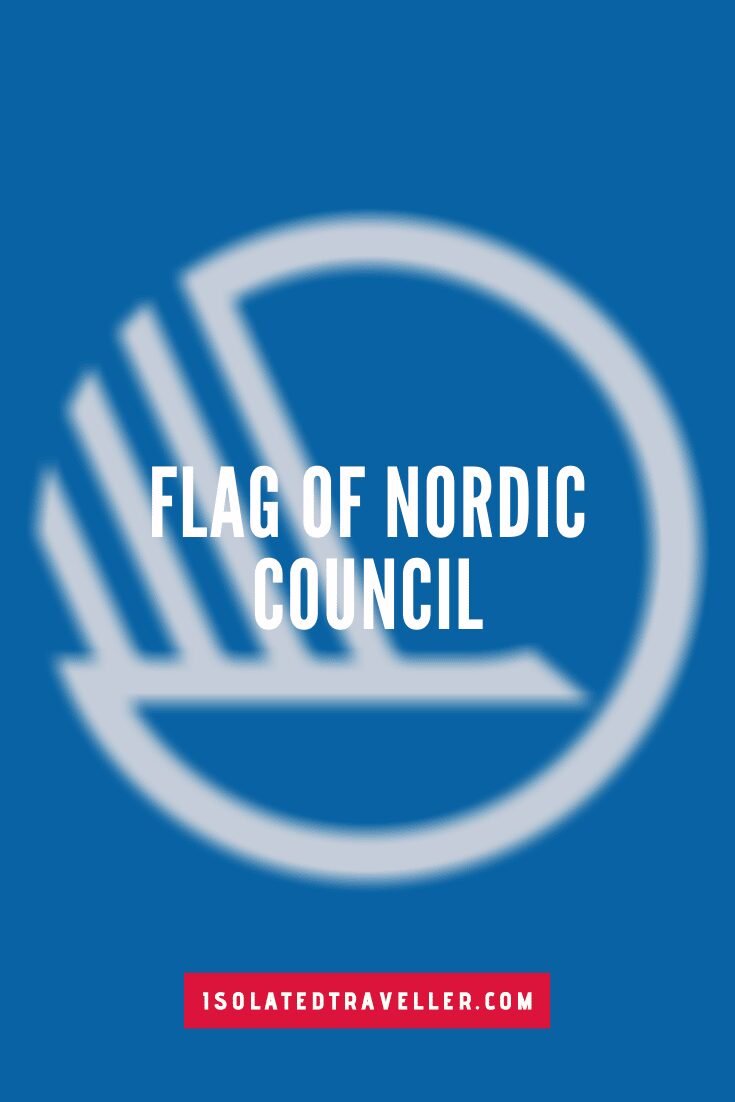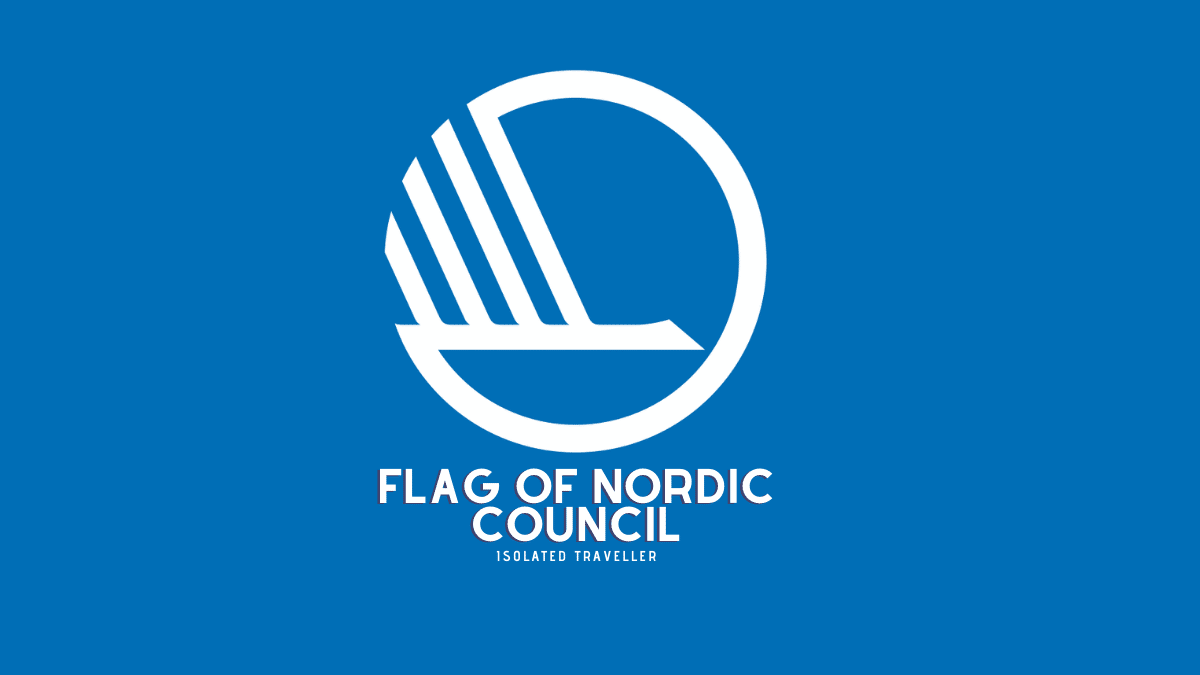The Flag of the Nordic Council is blue, with a stylised circular motif of a white swan. The swan symbol was chosen to represent the Nordic Council, and the Nordic Council of Ministers, in 1984. The Nordic swan symbolises trust, integrity and freedom. It is also designed to symbolise wider Nordic cooperation. The current version was designed by Kontrapunkt in 2016.

Prior to 2016, the flag was white with a stylised circular motif of a white swan upon a blue disk. The Swan had enough wing feathers standing for the eight members and territories of the Council: Denmark, Finland, Iceland, Norway, Sweden, Åland, the Faroe Islands and Greenland. The flag was designed by Kyösti Varis, an artist from Finland.

Brief History of the Nordic Council
The Nordic Council is the official body for formal inter-parliamentary Nordic cooperation among the Nordic countries. Formed in 1952.
The Nordic Council became more outward-looking, to the Arctic, Baltic, Europe, and Canada. The Øresund Bridge linking Sweden and Denmark led to a large amount of cross-border travel, which in turn led to further efforts to reduce barriers.
The Nordic Council consists of 87 representatives, elected from its members’ parliaments and reflecting the relative representation of the political parties in those parliaments. It holds its main session in the autumn, while a so-called “theme session” is arranged in the spring. Each of the national delegations has its own secretariat in the national parliament.
The Nordic Council uses the three Continental Scandinavian languages, Danish, Norwegian, and Swedish, as its official working languages, while interpretation and translation service is arranged for Finnish and Icelandic, but never between the Scandinavian languages. The Council also publishes material in English for information purposes.
Flag of Nordic Council Members
Flag Of Åland Islands

Flag Of Greenland

Flag of Norway
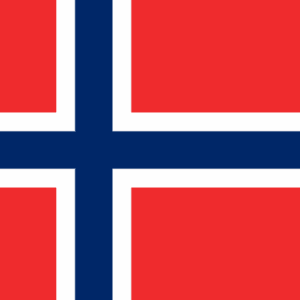
Flag Of Faroe Islands
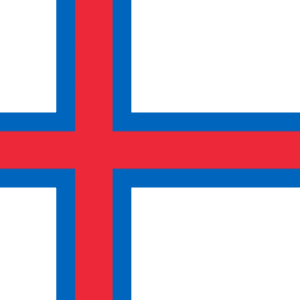
Flag Of Iceland
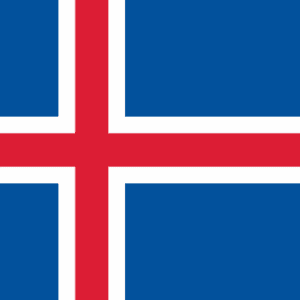
Flag Of Sweden

Flag Of Denmark
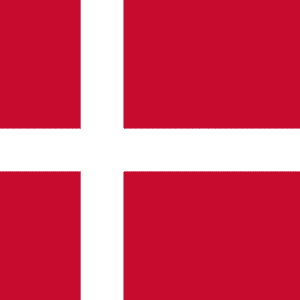
Flag Of Finland
